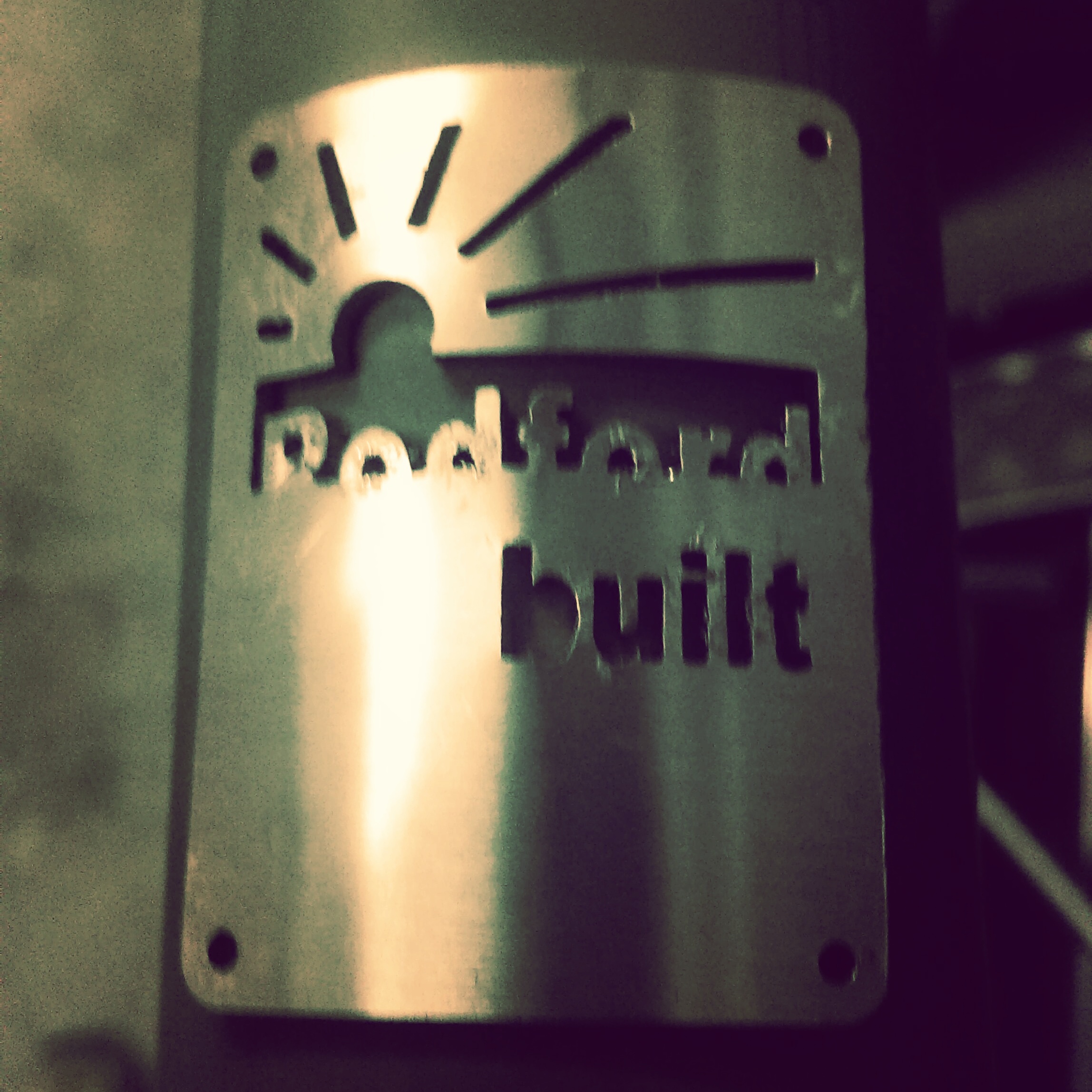Forks are one of the most critical parts on a bicycle. They are responsible for bike steering and therefore balance of the bike and they also define the handling in terms of rake and trail.
In use they are responsible for the majority of the braking effort as well as taking a share of the rider weight and cargo. Forks are constantly subjected to high cycle fatigue loads due to road undulations and vibrations; as well as low cycle impact events such as potholes and kerb bumps.
All of this means they have to withstand significant forces during use.
Recent years have seen the introduction of new braking systems for bicycles particularly disc based systems, but there are also hydraulic rim brakes, drum and roller brakes, as well as traditional rim caliper and vee brakes.
Different brake systems put different levels of stress on the forks and so here at Rodford we decided to employed some basic physics and some computer modelling to ensure our forks were up to the task.
Disc brakes.
Bicycle disc brakes originated from the mountain bike community where a suspension fork is typically used, this being much thicker and stiffer than a road or urban bike fork. For the mountain bike a disc brake is an obvious choice because the fork is already strong enough and the environment these bikes are used in can rapidly wear wheel rims.
However combining a disc brake with a conventional fork requires a degree of care.
First of all the braking forces for a given rate of deceleration are different between rim and hub based brake systems. By simple fact that the wheel diameter gives the bike momentum (mass x velocity) leverage over the smaller brake rotor diameter. Even a small 20" wheel as fitted to our Sherpa Box Bike can increase the load on the fork by 2.5x for a given braking effort.
Things are further stressed by the fact that the rim brake force is distributed through both legs, whereas the hub brake load is applied to one fork leg resulting in a twisting load at the fork crown. Finally the stress is multiplied a third time because the rim brakes operate near the fork crown whereas the hub brake is at the end of the fork leg giving additional leverage and further amplifying the force applied.
A simple computer simulation provided an insight in to the total forces expected with a hub braked system.
The model was configured to simulate three loads for a given braking effort.
1) An increased share of the rider weight pushing down during braking due to weight transfer
2) A rearward force on the axle as the momentum of the bike pushes against the braking effort.
3) The multiplied braking force itself acting on one fork leg.
The results were quite surprising.
The rim brake fork showed hardly any noticeable stress at the fork crown with a value of 0.7Mpa (mega Pascals).
The disc brake by contrast had all the loading on one fork and as such there was some twisting hurting the axle a little; but more surprising was the fact that the stress up at the fork top was 21Mpa. A whopping 30 times higher.
That was our conclusion.
Consequently our Rodford plate crown fork has been design to operate safely under these amplified loads; suitable for use with disc, drum, rim or roller brakes.



